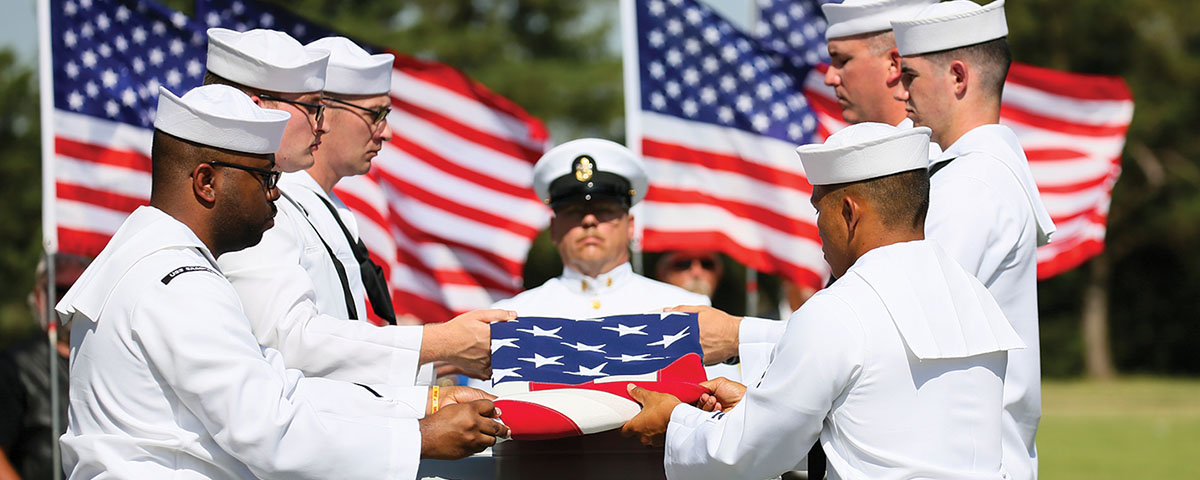More than a decade ago, Lynn Evans and Karen Beauprie began searching for the remains of their uncle, the first Flying Tiger to die in World War II.
Lieutenant John Dean Armstrong left the U.S. Navy to join the American Volunteer Group, better known as the Flying Tigers, to help China fend off Japanese invaders before Pearl Harbor brought the United States into the war. He died on September 8, 1941, when his Curtiss P-40 fighter collided with another aircraft.
Armstrong had been buried at a church in Taungoo, Burma (now Myanmar), so Evans and Beauprie enlisted a local tour guide and a Canadian graduate student to scour the area for his grave.
Turns out, they were 6,700 miles off.
Thanks to help from Kenneth Tilley, a retired Air Force lieutenant colonel and MIA sleuth, they learned the truth. In December 1947 authorities moved Armstrong’s remains, deemed unidentified, from Burma to a base in India before interring them in Honolulu’s National Memorial Cemetery of the Pacific.
The military assigns an “X-number” to unknown remains and keeps a file on each of them. Tilley’s detective work narrowed the search for Armstrong to one of three X-files: X633, X634 and X635. “We guessed he was X-file 633, and it turns out that we were right,” Beauprie told the Wichita Eagle newspaper.
Authorities disinterred Armstrong’s remains in April 2016, did DNA testing, and positively identified them in January 2017. His burial took place on June 17 in his hometown of Hutchinson, Kansas; a navy honor guard gave him a 21-gun salute. The 23rd Fighter Group, an A-10 Thunderbolt unit based at Moody Air Force Base in Georgia, traces its lineage to the Flying Tigers and performed a “missing man formation” flyover in his honor.
Afterward, Beauprie said: “I thought of Dean flying the plane into the sunset.”





